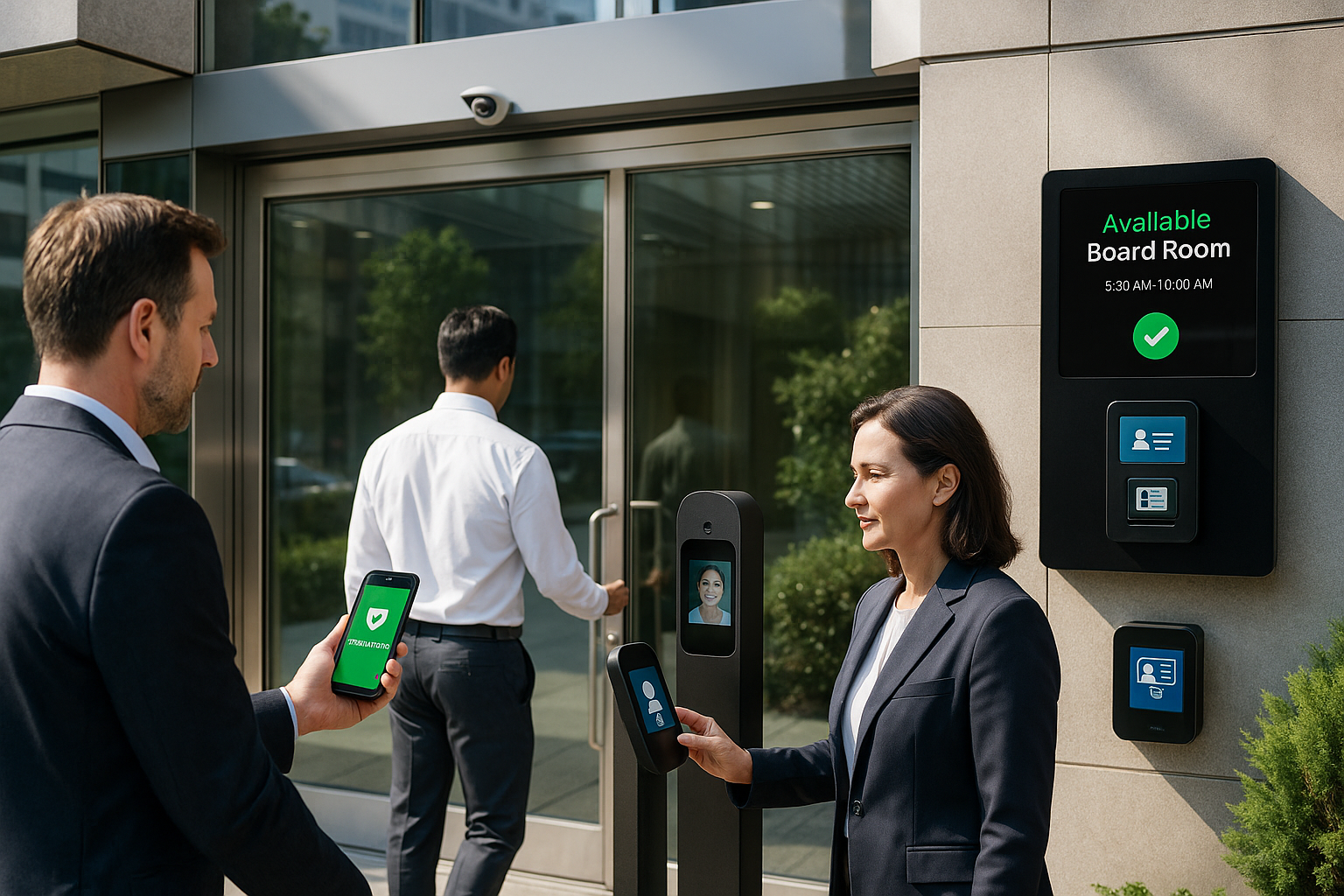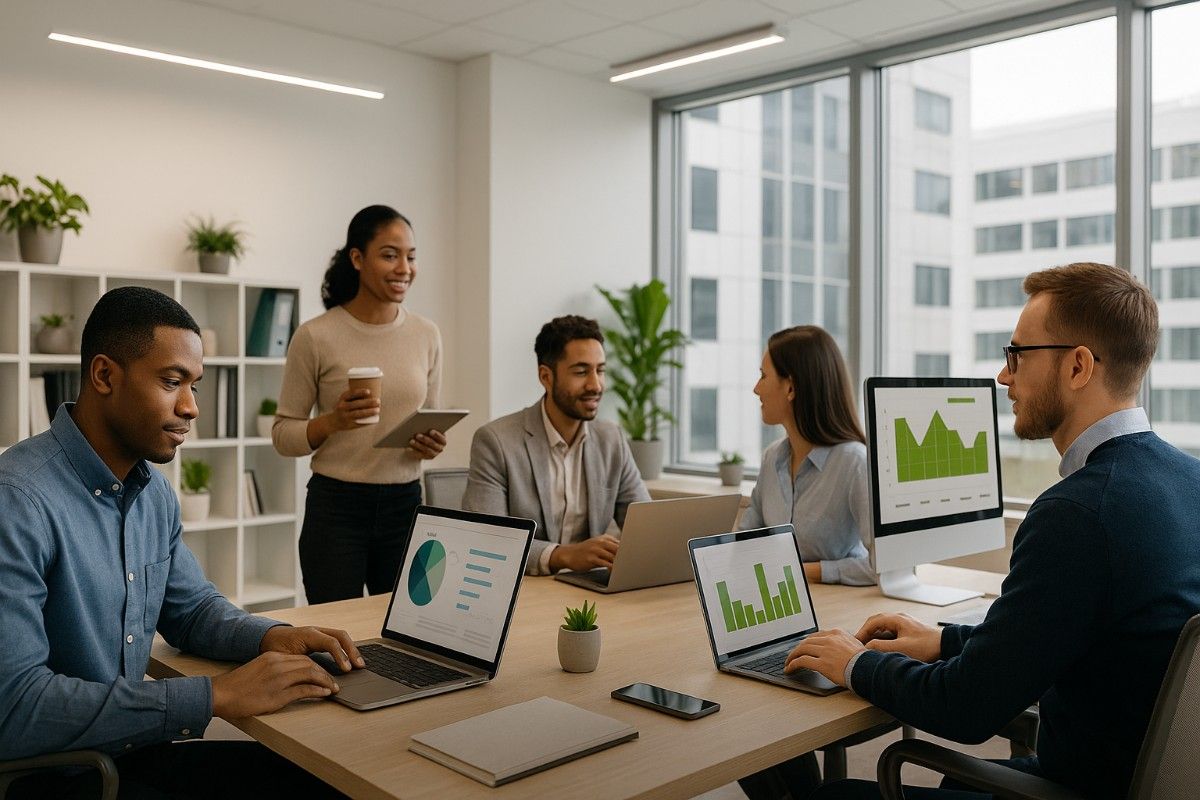Aman Dewan
B2B Business Head
Ikai Asai
What’s on their minds?
“The most pressing question on my mind? How do we get back to the restart? With employees and customers working from home, it has become difficult to manage teams, keep motivation up, retain company culture & even sell the way we used to. The good part? Every industry, company, and human is undergoing the same struggle. Old ways of managing, selling & leading will not cut it any longer. The way our client organizations buy has changed and so has the way our employee’s work & function. Therefore, it is high time, leaders across organizations accept this reality and go beyond to find unique solutions to these new challenges.”
How can they maximize their value addition during this crucial time?
“It is imperative that we embrace this ‘new normal’ and find unique ways to manage teams, sell to clients and lead our organizations in this new hybrid world. Technology and automation will be the most important part of this new world and I for one, want to ensure that I keep pace with it. Be it introducing AR & VR-based product demonstrations, beacon, and sensor-based occupant mapping, touchless access, etc. I want to regain the beginner’s mindset and start over.”
1 If all we do is focus on the now, who’s looking out for the future? How do we give clarity about the future to our people when we have none. How do we construct full-proof future plans, when all historical data has lost its predictive value?
Traditionally, the CEO is entrusted with the task of gazing ahead while the rest of the organization focuses on the now. We are tasked with envisioning the future and strategizing for it with our close associates while the organization executes in sync with this detailed plan. We live in a data-driven world and traditionally, this plan is rooted in historical performance and market data. The difference in the post-COVID world? This ‘new normal’ everyone is hankering about? Well, it’s yet to emerge. Customer behaviours are yet to form and stabilize and with no historical data to predict what’s to come, how can we plan for the future? Agile has become the name of the game where agile planning stands for consistent, continuous planning iterated over shorter cycles of time based on real-time data points across employees and customers. Our biggest concern is this – ‘If I’m busy planning, for now, fire-fighting so that we sell enough, or my prized employees remain productive, who’s looking out for our future?’
2 How deeply can we personalize organizational policy for employees returning to work, to accommodate for every employees’ unique context? Is a win-win return-to-work strategy simply a utopian illusion?
The decisions we take in this crucial moment will determine how our employees remain productive, contributing to organizational impact while actualizing their own personal ambitions. Hybrid work is much more than a simple 50:50 mix of remote and onsite work. It goes beyond informing employees that they can work remotely and simply show up at the office when they require a face-to-face with their colleagues or clients. Well, for starters, consider this. A team of 5 people, 3 of which are working onsite while 2 of them function purely from home. These 2 employees will invariably feel like outsiders, reducing their belongingness factor, resulting in lower well-being and productivity. Secondly, every employee comes with his/her own context. Some have child care concerns while others have mental health challenges. Another example of this is the enhanced struggle for a manager who has to coordinate and supervise a coach and motivate her team remotely vs the challenge of an individual contributor. Should one be given weight over the other?
3 Whose voice should be driving what we do next? customers? employees? How can we base our future on the voices of stakeholders whose needs and sentiments are highly impacted by COVID and are evolving every single day?
In pre-COVID, the formula was simple. Base your decisions on the two most important stakeholders – the customer aka the buyers and employees aka the doers. The human race is undergoing a paradigm shift owing to a forced pause they haven’t experienced in centuries. This global pandemic has shaken the very core of what it means to be human in a collective society. It has questioned the way each one of us lives, works, eats, sleep, plays, you name it. And the tricky part? The answer to these questions seems to change with every passing day. How much of our present & future should be influenced by the sentiments of our customers & employees? With the world evolving and revolving on its own axis every single day, is it wise to listen to stakeholders who are themselves in a constant and rapid state of evolution and dynamic change at this time?
How can we maximize our value addition during this crucial time?
1 Keep lines of communication, open & inclusive
This is a crucial moment in the history of our planet, and it’s safe to say that the way leadership teams act will be remembered for many years to come. It is imperative for CXO’s & senior leadership to not only keep their doors wide open but also to ensure these doorways are welcoming to people across levels, races, gender and walks of life. It is imperative that the employees feel that their struggle, and most importantly their voice matters. Such openness in communication, allows employees to share the reality of their struggles, honestly so that the top management can deeply understand and create a workplace that works for its workforce and not against it. This way, CXO’s can ensure that they institute hot-desking in case too many employees are struggling to find focus at home. Employees will feel comfortable in sharing their struggles authentically when they feel like they can trust the leadership. They will share openly when they feel like their views will not be held against them. It is critical for the leadership team to invest time, effort, and energy to create such a safe, non-judgemental space for open and honest communication.
2 Communicate the clarity of vision even if its ever-evolving
Sitting at home at their desks, without connection or engagement with colleagues, working in departmental silos, overwhelmed with aimlessness. It is difficult to be a corporate employee at this time in our world. Humans are naturally averse to uncertainty. This is where clarity of vision comes in. It is important for senior management to spend time articulating an evolving but clear vision of where the organization is heading. It is important to show employees the light at the end of the tunnel. Multiple employee sentiment surveys prove that clarity of vision and purpose are closely linked to levels of job satisfaction, motivation, and productivity. A mid-level accounting manager may not be involved in other functional areas, but she was kept abreast of the company’s direction in the office through communication with peers. This information may not be difficult to communicate but is essential to her levels of motivation as a highly efficient accounting manager. This need for purpose and clarity is pervasive across functions and seniority. Leadership teams should mention that this vision is ever-evolving but should still communicate it clearly, honestly, and with confidence.
3 Express vulnerability, not extreme & premature opinions
Use time as your biggest tool. It is imperative that leadership teams don’t jump to quick conclusions, especially since the market is still finding its own footing in this new normal. It is alright to share vulnerabilities and concerns so as to encourage those around you to be real and authentic. Senior leadership teams should especially steer clear of two hazardous traps. Firstly, they shouldn’t ape or imitate policies created or implemented by blue-chip or influential organizations owing to their scale or authority, Every organization is unique. Context is key. Secondly, they should not indulge in declaring extreme opinions during this time. The voice of senior leadership carries unfathomable weight and influence, this is why it must be used carefully and cautiously. Options must be assessed, context understood and opinions balanced before they are made public.






































.avif)
.avif)





